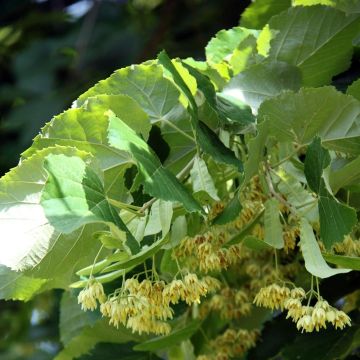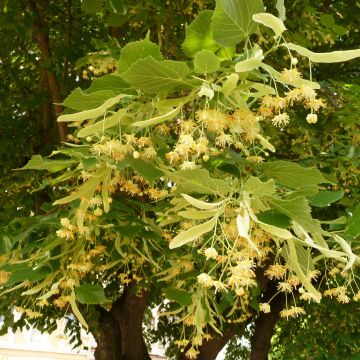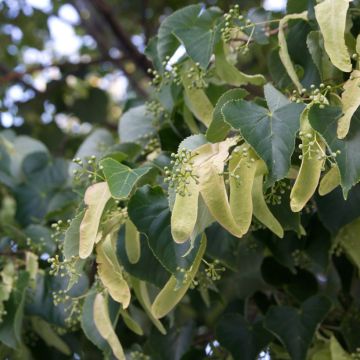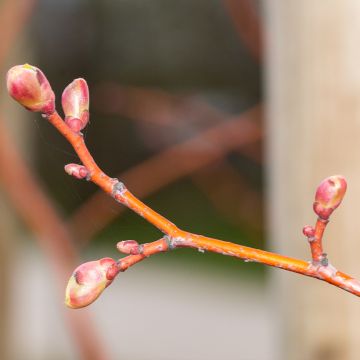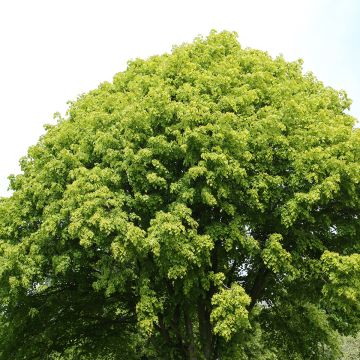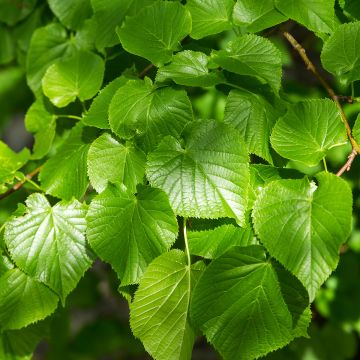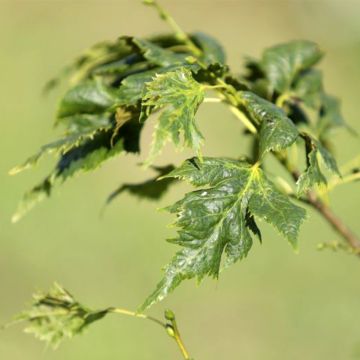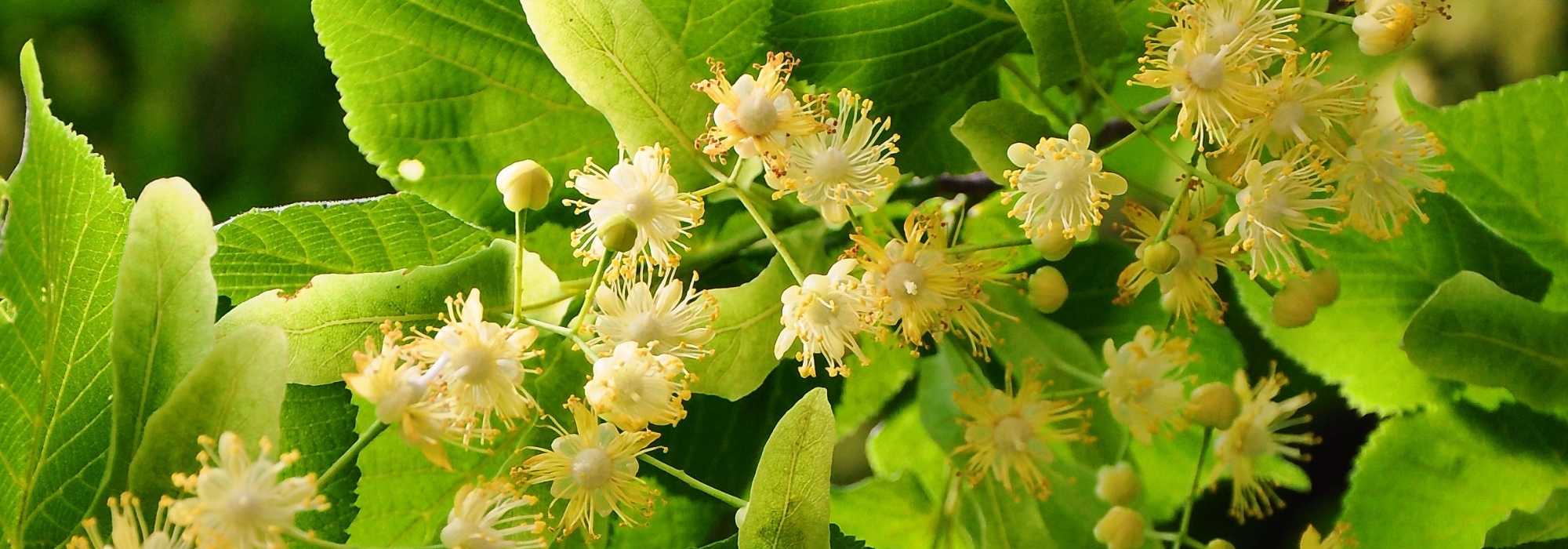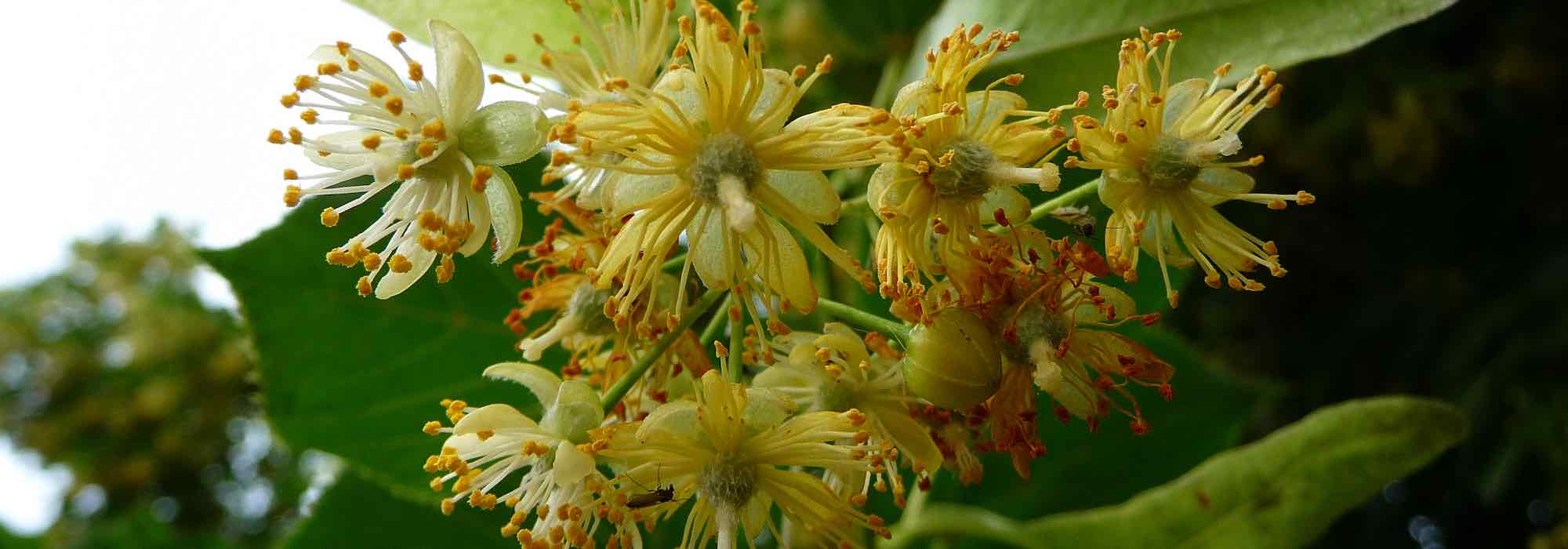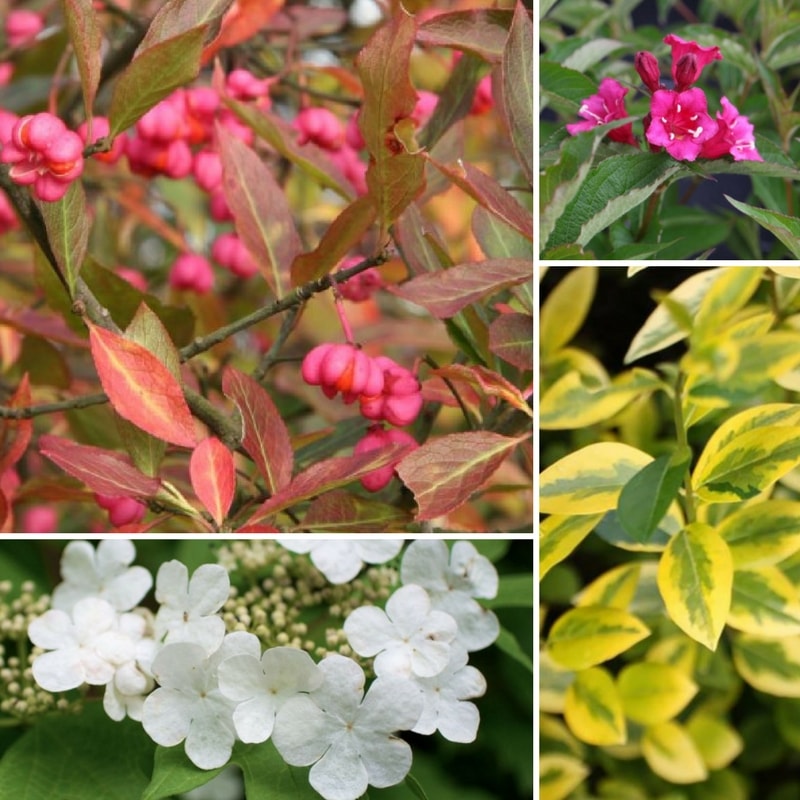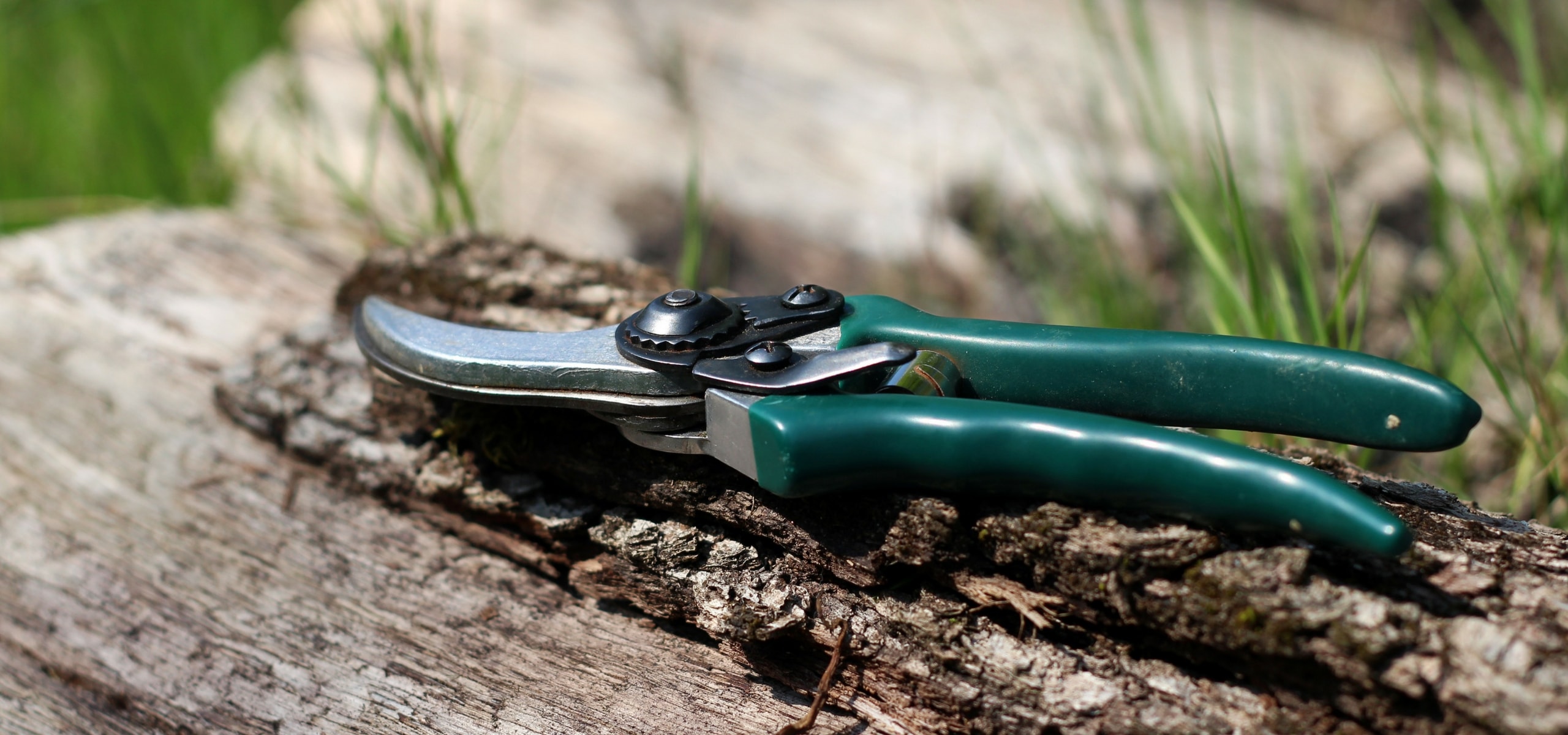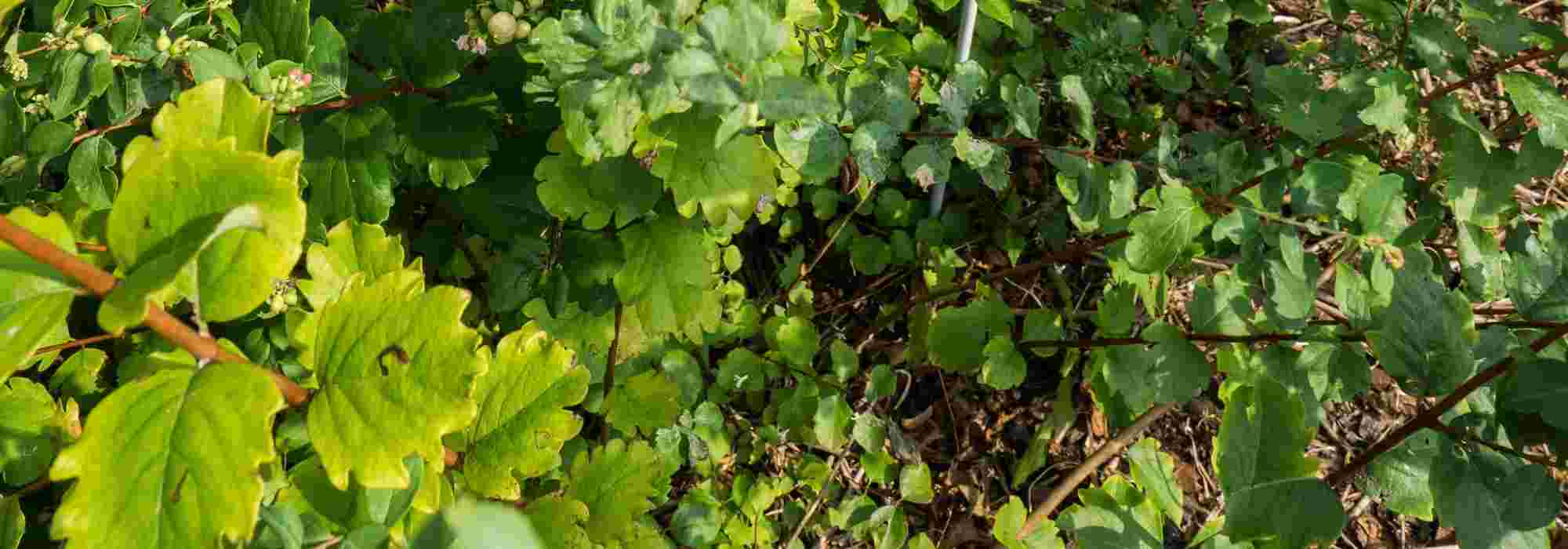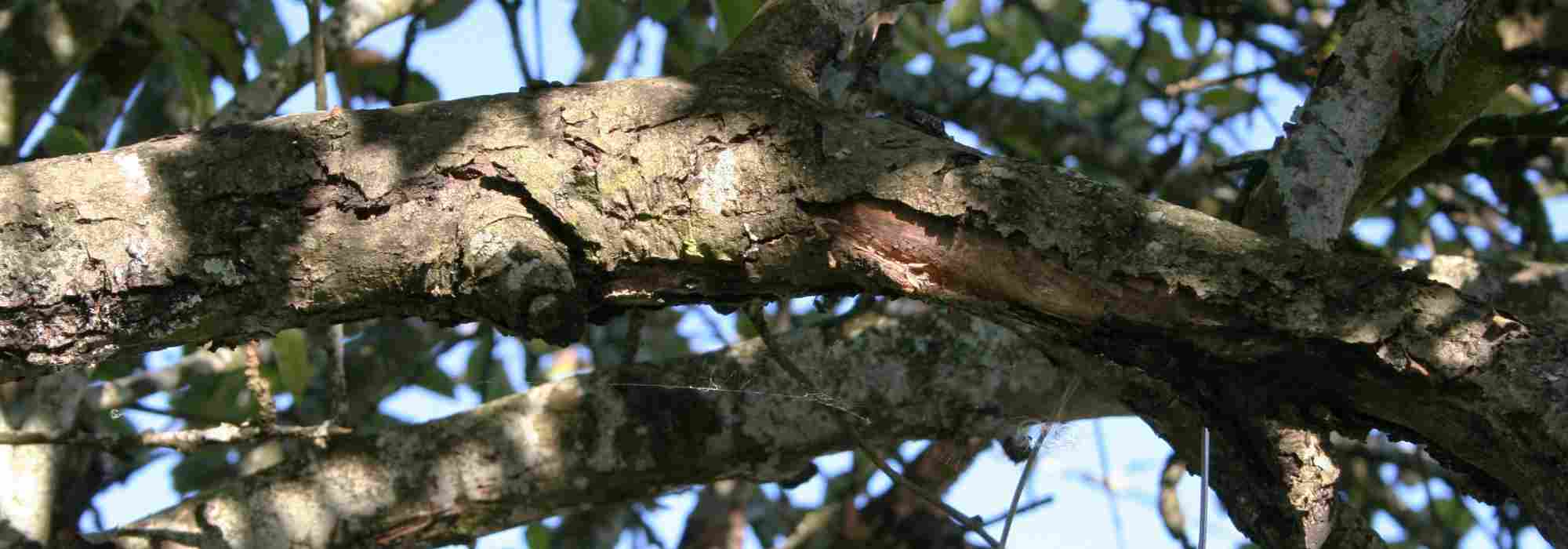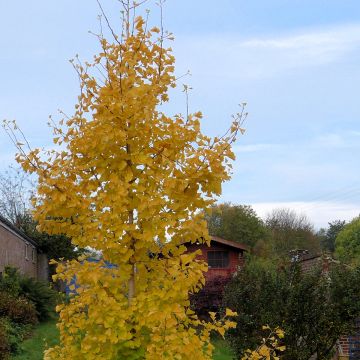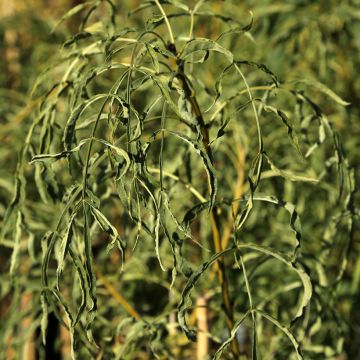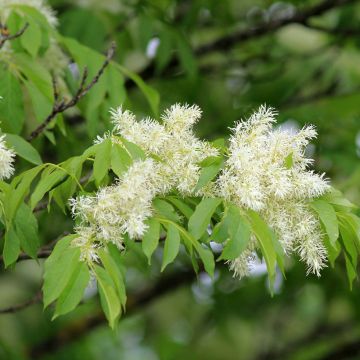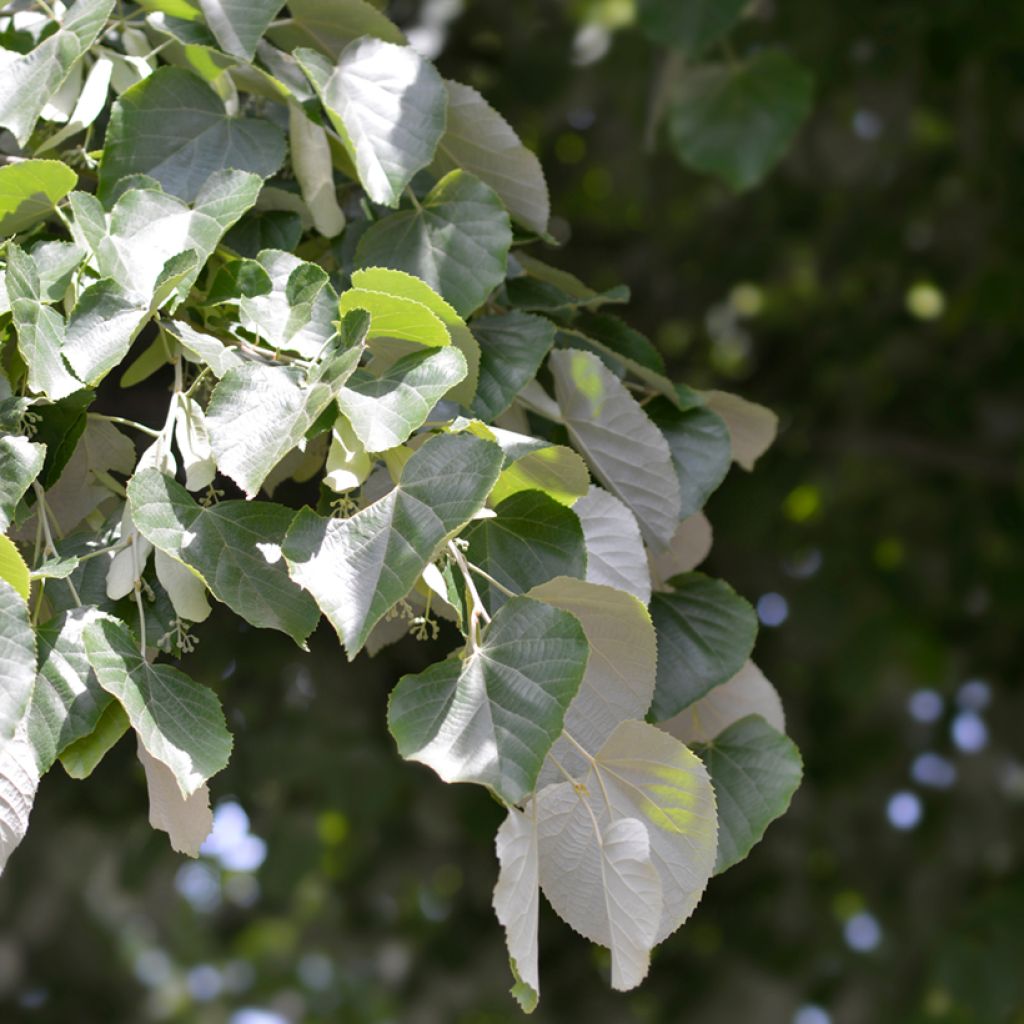

Tilia tomentosa - Silver lime
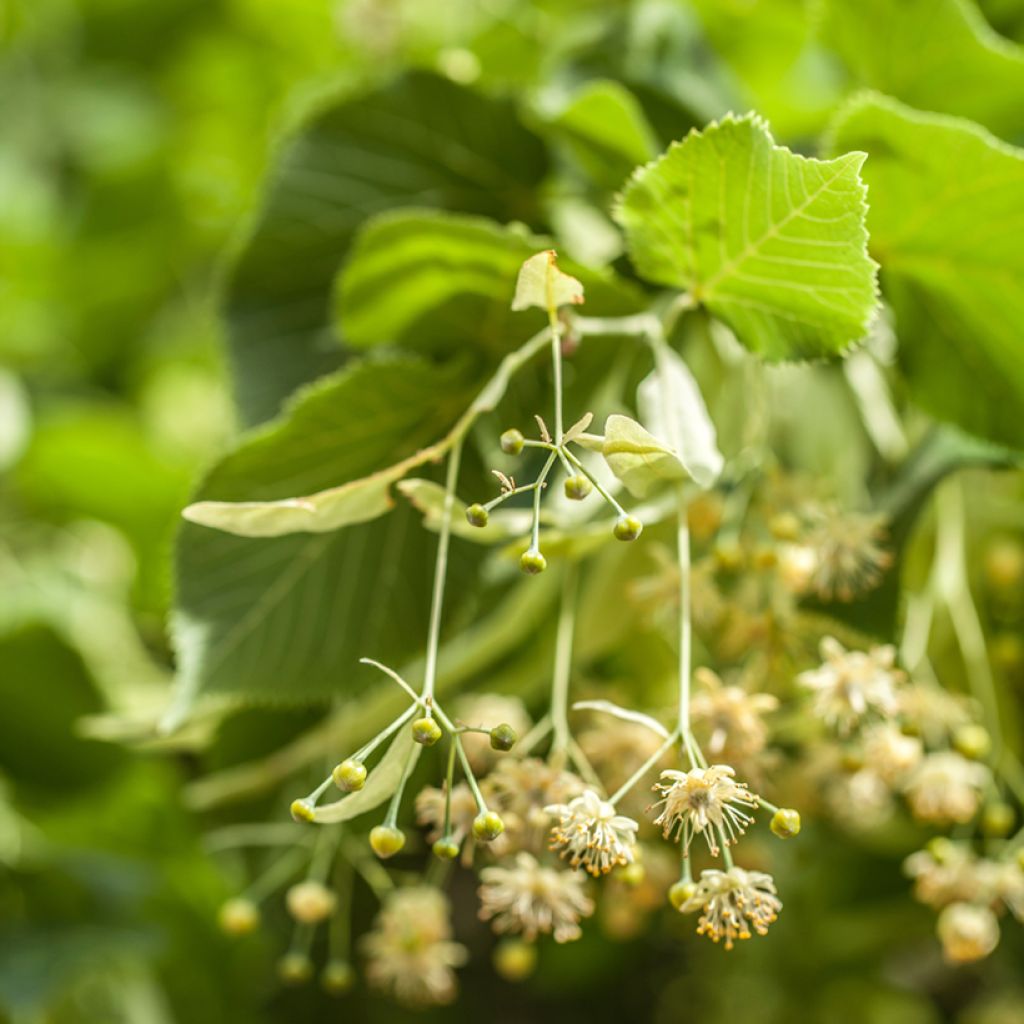

Tilia tomentosa - Silver lime
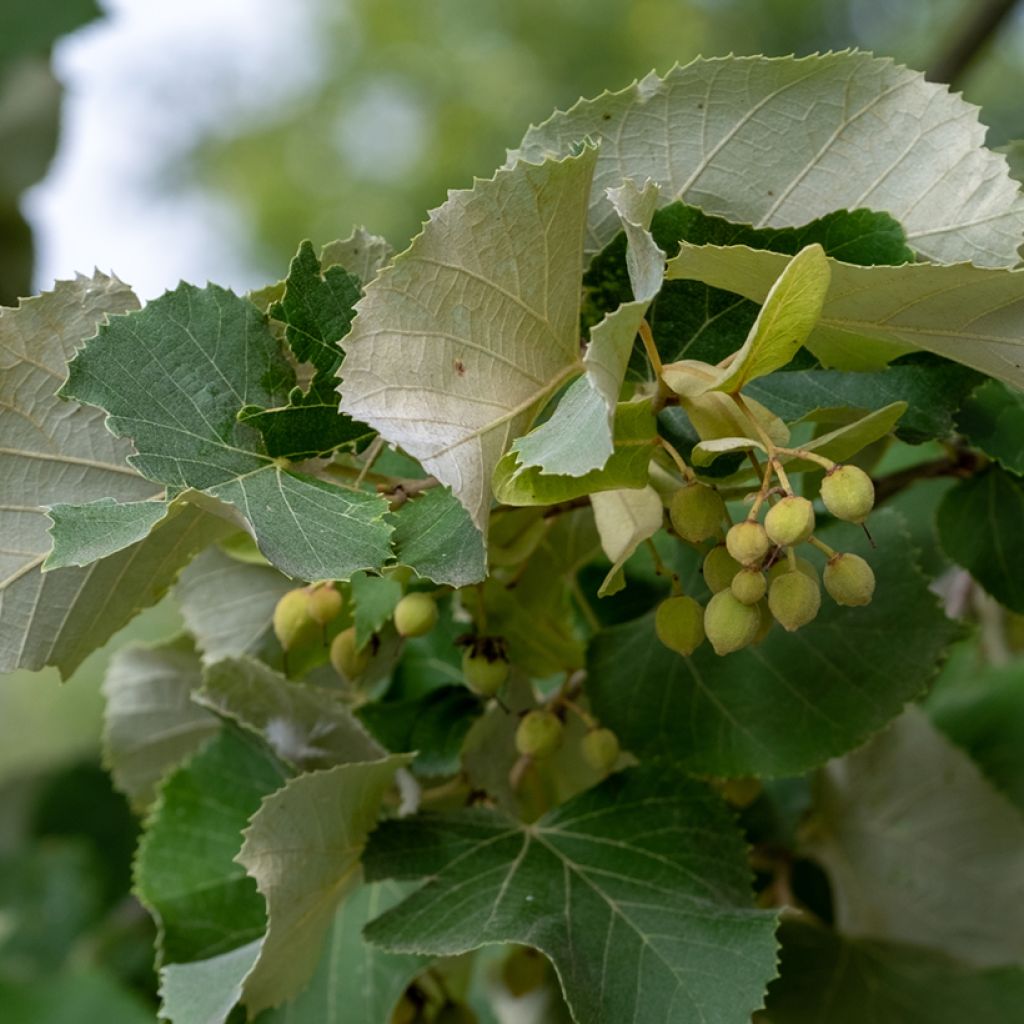

Tilia tomentosa - Silver lime
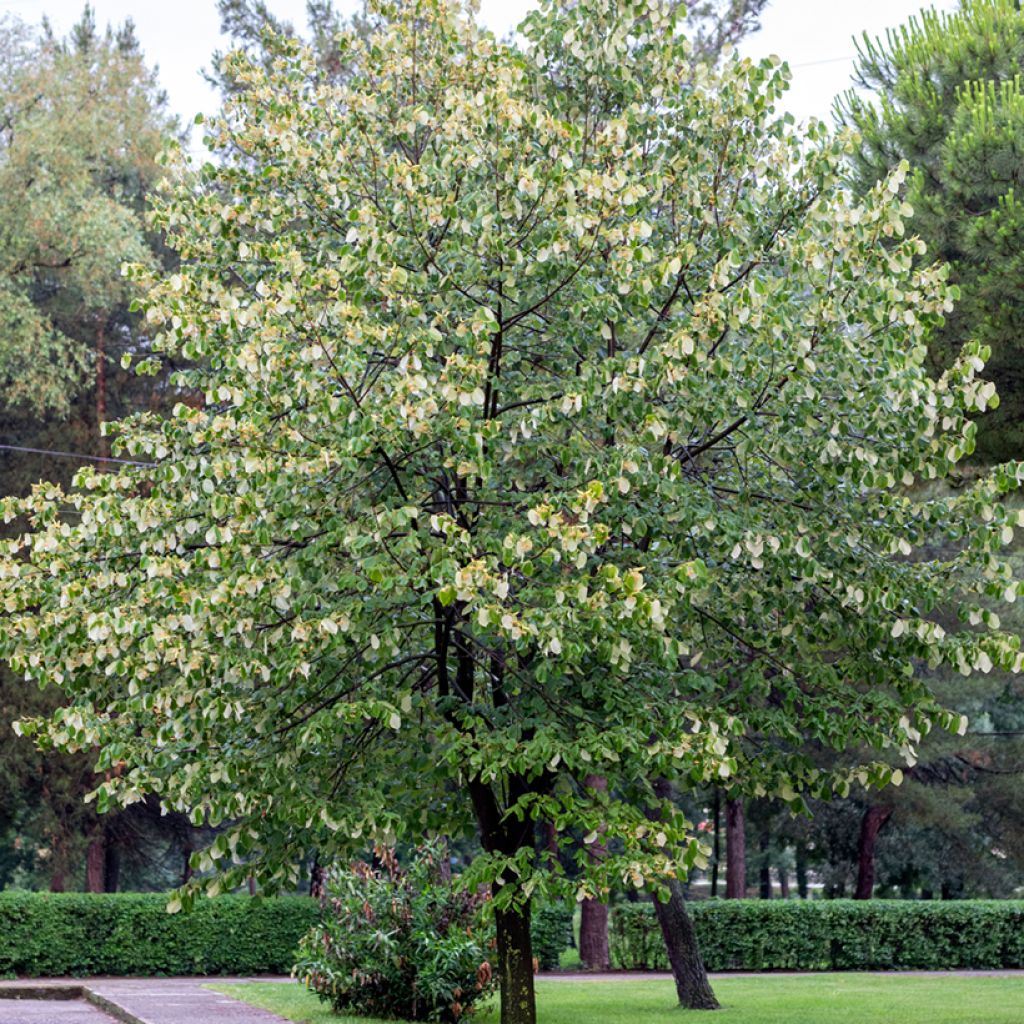

Tilia tomentosa - Silver lime
Tilia tomentosa - Silver lime
Tilia tomentosa
Silver lime, European white lime, white lime
Special offer!
Receive a €20 voucher for any order over €90 (excluding delivery costs, credit notes, and plastic-free options)!
1- Add your favorite plants to your cart.
2- Once you have reached €90, confirm your order (you can even choose the delivery date!).
3- As soon as your order is shipped, you will receive an email containing your voucher code, valid for 3 months (90 days).
Your voucher is unique and can only be used once, for any order with a minimum value of €20, excluding delivery costs.
Can be combined with other current offers, non-divisible and non-refundable.
Why not try an alternative variety in stock?
View all →This plant carries a 24 months recovery warranty
More information
We guarantee the quality of our plants for a full growing cycle, and will replace at our expense any plant that fails to recover under normal climatic and planting conditions.
Would this plant suit my garden?
Set up your Plantfit profile →
Description
Silver Lime (Tilia tomentosa) is a majestic tree that combines robustness and elegance. Its beautiful foliage, green on top and silvery underneath, shimmers in the slightest breeze. Apart from its beauty, this lime tree is prized for its deliciously fragrant summer flowering, which attracts bees. Resistant to cold, drought, and pollution, this tree adapts equally well to large country gardens and urban parks. It is ideal for creating dense and pleasant shade, perfect for enjoying beautiful summer days.
Silver Lime belongs to the Malvaceae family. This botanical species is native to southeastern Europe and Asia Minor, where it grows naturally in plains and wooded areas at moderate altitudes. It is a deciduous tree, with a pyramidal habit in its youth, developing over time into an elegant, rounded crown. It can reach a height of 15 to 25 m, with a spread of 10 to 15 m, and its growth is fairly rapid. Its foliage is particularly striking: its heart-shaped leaves, measuring between 5 and 12 cm, have a dark green upper surface and a silvery underside, covered in star-shaped hairs that create a shimmering effect in the wind. This foliage turns yellow before falling in autumn. In summer, between June and July, it is adorned with pale yellow flowers, gathered in pendulous cymes, which emit a delicate fragrance and attract numerous pollinators. These nectar-rich flowers give way to dry fruits called nutlets, slightly ribbed and attached to a leafy bract that aids their dispersal by the wind. The straight and sturdy trunk of this lime tree is covered in smooth, grey bark when young, becoming fissured and darker with age. Silver Lime is a hardy and adaptable tree, resistant to drought, urban pollution, and capable of thriving in any sufficiently rich and deep soil.
Silver Lime (Tilia tomentosa) finds its place in large gardens and parks or can be used in rows along a wide avenue. It makes an ideal focal point when planted as a standalone in the centre of an open space, while providing welcome shade. It can also be incorporated into groves or natural landscape compositions. To highlight it, pair it with trees or bushes with autumnal colours, such as Montpellier Maple (Acer monspessulanum) or Persian Ironwood (Parrotia persica). Surround it with ornamental grasses like Miscanthus, for a light and dynamic touch. Hedges of Hornbeam (Carpinus betulus) or Hawthorns (Crataegus) complement its majestic habit. For complementary pairings, consider perennial plants like Corsican Hellebore (Helleborus argutifolius), purple wood spurges (Euphorbia amygdaloides 'Purpurea'), or Fulva Daylilies, which will thrive under its protective shade.
Tilia tomentosa - Silver lime in pictures


Plant habit
Flowering
Foliage
Botanical data
Tilia
tomentosa
Malvaceae
Silver lime, European white lime, white lime
Tilia argentea
Eastern Europe, West Asia
Other Tilia - Linden
View all →Planting and care
Plant Silver Lime in autumn, or at the very latest in early spring. It tolerates cold and wind, but young plants will benefit from staking to help them establish, especially in windy climates. It requires a sunny position. This tree dislikes shallow soils. A deep, not too poor, fairly loose soil, even tending towards chalky, will allow for optimal growth. Once well-rooted, this lime tree copes well with summer drought. In the first few years, carry out formative pruning by removing the lower branches to give space beneath the tree.
Planting period
Intended location
Care
Planting & care advice
This item has not been reviewed yet - be the first to leave a review about it.
Similar products
Haven't found what you were looking for?
Hardiness is the lowest winter temperature a plant can endure without suffering serious damage or even dying. However, hardiness is affected by location (a sheltered area, such as a patio), protection (winter cover) and soil type (hardiness is improved by well-drained soil).

Photo Sharing Terms & Conditions
In order to encourage gardeners to interact and share their experiences, Promesse de fleurs offers various media enabling content to be uploaded onto its Site - in particular via the ‘Photo sharing’ module.
The User agrees to refrain from:
- Posting any content that is illegal, prejudicial, insulting, racist, inciteful to hatred, revisionist, contrary to public decency, that infringes on privacy or on the privacy rights of third parties, in particular the publicity rights of persons and goods, intellectual property rights, or the right to privacy.
- Submitting content on behalf of a third party;
- Impersonate the identity of a third party and/or publish any personal information about a third party;
In general, the User undertakes to refrain from any unethical behaviour.
All Content (in particular text, comments, files, images, photos, videos, creative works, etc.), which may be subject to property or intellectual property rights, image or other private rights, shall remain the property of the User, subject to the limited rights granted by the terms of the licence granted by Promesse de fleurs as stated below. Users are at liberty to publish or not to publish such Content on the Site, notably via the ‘Photo Sharing’ facility, and accept that this Content shall be made public and freely accessible, notably on the Internet.
Users further acknowledge, undertake to have ,and guarantee that they hold all necessary rights and permissions to publish such material on the Site, in particular with regard to the legislation in force pertaining to any privacy, property, intellectual property, image, or contractual rights, or rights of any other nature. By publishing such Content on the Site, Users acknowledge accepting full liability as publishers of the Content within the meaning of the law, and grant Promesse de fleurs, free of charge, an inclusive, worldwide licence for the said Content for the entire duration of its publication, including all reproduction, representation, up/downloading, displaying, performing, transmission, and storage rights.
Users also grant permission for their name to be linked to the Content and accept that this link may not always be made available.
By engaging in posting material, Users consent to their Content becoming automatically accessible on the Internet, in particular on other sites and/or blogs and/or web pages of the Promesse de fleurs site, including in particular social pages and the Promesse de fleurs catalogue.
Users may secure the removal of entrusted content free of charge by issuing a simple request via our contact form.
The flowering period indicated on our website applies to countries and regions located in USDA zone 8 (France, the United Kingdom, Ireland, the Netherlands, etc.)
It will vary according to where you live:
- In zones 9 to 10 (Italy, Spain, Greece, etc.), flowering will occur about 2 to 4 weeks earlier.
- In zones 6 to 7 (Germany, Poland, Slovenia, and lower mountainous regions), flowering will be delayed by 2 to 3 weeks.
- In zone 5 (Central Europe, Scandinavia), blooming will be delayed by 3 to 5 weeks.
In temperate climates, pruning of spring-flowering shrubs (forsythia, spireas, etc.) should be done just after flowering.
Pruning of summer-flowering shrubs (Indian Lilac, Perovskia, etc.) can be done in winter or spring.
In cold regions as well as with frost-sensitive plants, avoid pruning too early when severe frosts may still occur.
The planting period indicated on our website applies to countries and regions located in USDA zone 8 (France, United Kingdom, Ireland, Netherlands).
It will vary according to where you live:
- In Mediterranean zones (Marseille, Madrid, Milan, etc.), autumn and winter are the best planting periods.
- In continental zones (Strasbourg, Munich, Vienna, etc.), delay planting by 2 to 3 weeks in spring and bring it forward by 2 to 4 weeks in autumn.
- In mountainous regions (the Alps, Pyrenees, Carpathians, etc.), it is best to plant in late spring (May-June) or late summer (August-September).
The harvesting period indicated on our website applies to countries and regions in USDA zone 8 (France, England, Ireland, the Netherlands).
In colder areas (Scandinavia, Poland, Austria...) fruit and vegetable harvests are likely to be delayed by 3-4 weeks.
In warmer areas (Italy, Spain, Greece, etc.), harvesting will probably take place earlier, depending on weather conditions.
The sowing periods indicated on our website apply to countries and regions within USDA Zone 8 (France, UK, Ireland, Netherlands).
In colder areas (Scandinavia, Poland, Austria...), delay any outdoor sowing by 3-4 weeks, or sow under glass.
In warmer climes (Italy, Spain, Greece, etc.), bring outdoor sowing forward by a few weeks.






























